FDA Allows Chemical Additives Known To Be Toxic To Kids
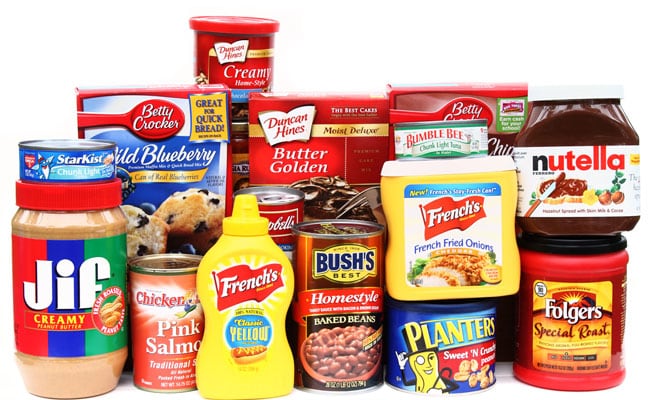
Today, your body is dealing with more than 10,000 food additive chemicals, all of which are allowed to be added (directly or indirectly) to food. And that’s only the chemicals allowed to be in your food! Many of these chemicals have not been proven safe for children and in fact a significant loophole in our processed food system: Generally Recognized As Safe (GRAS) allows food companies to get a free pass to use whatever chemical additives they want in our food with little to no oversight.
Shockingly, due to the way new additives are reviewed the FDA simply cannot guarantee the safety of most ingredients, which we now know can affect our health at nanoparticle doses – much lower than was previously expected – and the FDA does not have authority to obtain data on or reassess the safety of chemicals already on the market. Additionally, conflicts of interest with industry, prevent adequate and accurate safety data from ever being acquired or seeing the light of day.
American Academy of Pediatrics issued the guidelines in a statement and scientific-technical report on Monday,. The group joins other medical and advocacy groups that have expressed concern about the growing body of scientific evidence indicating that certain chemicals that enter foods may interfere with the body’s natural hormones in ways that may affect long-term growth and development.
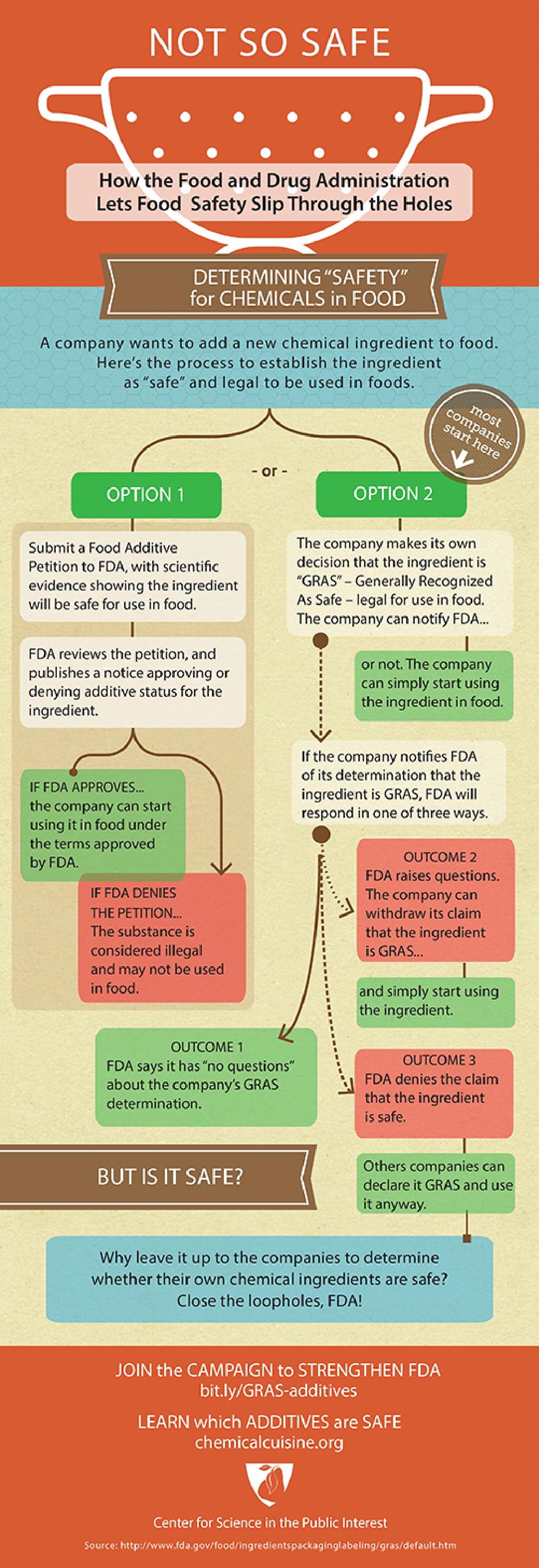
Food Additives in your food, on your food, leeching into your food.
This term, food additives, is the whole set of artificial colorings, flavorings, and chemicals added to food during processing, which are known as “direct food additives”, but there’s also a whole category of “indirect food additives” we tend to forget about: think adhesives, dyes, coatings, paper, paperboard, plastic, and other polymers, which are introduced to foods during the manufacturing process and through food packaging. Some food additives of concern are bisphenols phthalates, PFCs, food colors, nitrates, and nitrites – but there are obviously a lot more.
AAP called out these chemicals of increasing concern:
bisphenols, which are used in the lining of metal cans to prevent corrosion45;
phthalates, which are esters of diphthalic acid that are often used in adhesives, lubricants, and plasticizers during the manufacturing process17;
nonpersistent pesticides, which have been addressed in a previous policy statement from the American Academy of Pediatrics and, thus, will not be discussed in this statement46;
perfluoroalkyl chemicals (PFCs), which are used in grease-proof paper and packaging47; and
perchlorate, an antistatic agent used for plastic packaging in contact with dry foods with surfaces that do not contain free fat or oil and also present as a degradation product of bleach used to clean food manufacturing equipment.48
Additional compounds of concern discussed in the accompanying technical report include artificial food colors, nitrates, and nitrites.
This issue is of great importance and concern for chemicals approved decades ago on the basis of limited and sometimes antiquated testing methods. For instance, some compounds, such as styrene and eugenol methyl ether, remain approved for use as flavoring agents, although they have been subsequently classified as reasonably anticipated to be human carcinogens by the US National Toxicology Program.67 -AAP
READ MORE https://www.nytimes.com/2018/07/23/well/chemicals-food-children-health.html
Groups Sue FDA to Protect Food Safety Seek to Ensure Food Additives Are Found Safe Before Being Marketed to American Consumers
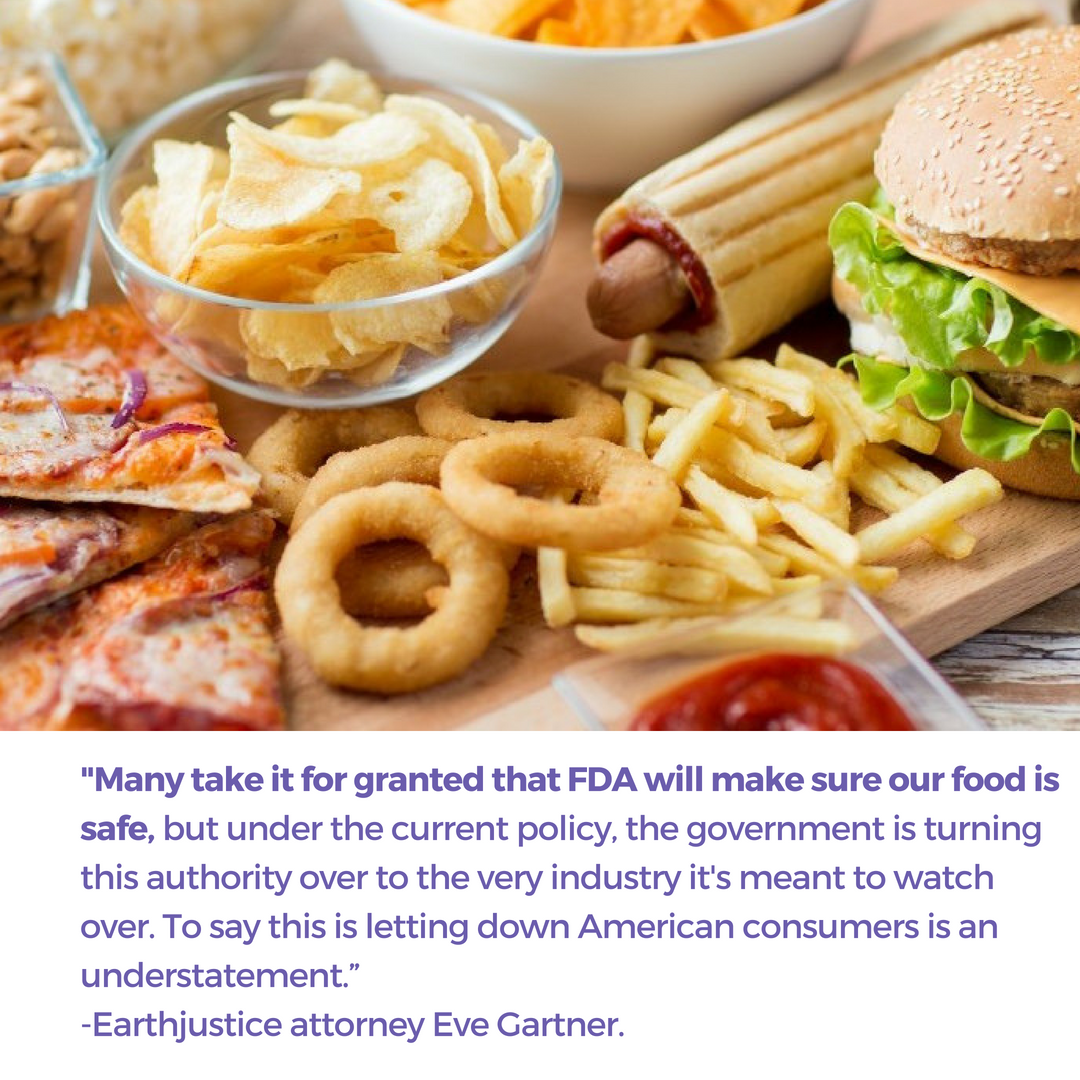
Chemical and food manufacturers often seek to add chemicals to processed food, typically to enhance flavor, add nutrients, or prevent spoilage. Chemicals also often leach into foods from processing equipment and packaging. While Congress has required that FDA itself determine that chemical additives are safe before they can be used in food, the FDA rule allows manufacturers to decide for and by themselves—in secret—what can be added to processed foods. The groups assert this rule is unconstitutional and illegal. READ MORE https://cspinet.org/news/groups-sue-fda-protect-food-safety-20170522
How are Food Additives Affecting Children?
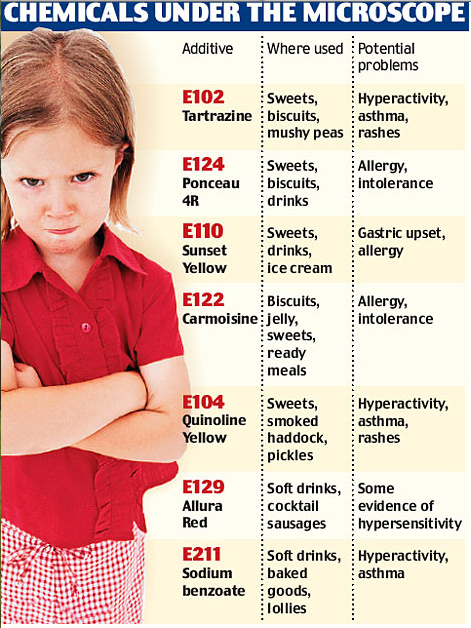
According to a recent paper by the American Academy of Pediatrics, common food additives (in concentrations most of us deal with in daily life) are linked with: endocrine disruption, insulin resistance, reduced immune response, thyroid hormone alterations, and neonatal hypothyroidism. Here’s what we know: the health dangers of food additives are especially high during pregnancy, infancy, early childhood, and even through the teenage years when the lungs, endocrine, and nervous systems are still developing.
Children are naturally more vulnerable to the effects of food additives because of their surface area-to-body weight ratio and immature detoxification abilities. The potential for endocrine system disruption from food additives and chemical exposure is bigger in children than for us grown ups, and carries a risk of permanent and lifelong imbalances.
No wonder we’ve seen such a spike in health concerns in children and women over the three decades during the time our volume of our exposure has also escalated. I certainly see it reflected in my medical practice: children suffering from anxiety, depression, obesity, autoimmune diseases, early puberty, and so much more, all of which was mostly unheard of only a few decades ago!
Watch this important interview with Dr. Philip Landrigan, a pediatric environmental medicine pioneer.
What Can I Do Today to Protect My Kids?
Here’s what you can do starting right now to avoid food additives to support your children’s health. The encouraging news is that previous studies have shown that these changes can make a difference in children’s blood levels of environmental toxins in as little as three days.
1. Eat Healthy
This first tip might seem like a no-brainer, but what do we really mean when we say “Eat Healthy?” In the context of food additives and their effects on children, it means prioritizing fresh or frozen fruits and veggies, and choosing local and organic as much as possible to avoid contaminants, or at least avoiding all processed animal products (meat, dairy). The Environmental Working Group Clean 15 and Dirty Dozen is an easy chart for making choices when it comes to organic vs. conventional produce.
Encourage hand-washing before handling foods and/or drinks, and wash all fruits and vegetables that cannot be peeled.
Keep in mind, good nutrition boosts your child’s immunity and supports natural detoxification.
Avoid processed meats, which are heavy in nitrates and nitrites, as well as canned foods (metal cans are lined with bisphenols to prevent corrosion… except then you’re left with contaminated food).
2. Invest in better food storage containers
Some lifestyle habits can help reduce exposure to food additives and other harmful chemicals involved with food preparation and handling. Mostly, it all comes down to avoiding plastic as best you can. Most plastic containers leach endocrine-disrupting chemicals into your food and beverages. Replace plastic containers with stainless steel or glass alternatives as much as possible. The same goes for plastic water bottles – I personally use Mason jars or Kleen Canteen bottles which are practically unbreakable (I’ve had the same one for over a decade and have dropped it onto concrete several times!). They make kids drinking bottles with sippy spouts in fun colors!
If you do use plastic containers and bottles, follow these simple steps to minimize their health risk: don’t use them to heat foods or liquids in the microwave, and wash them by hands rather than in the dishwasher.
Finally, check out the recycling codes on your plastic containers before you purchase food items, to find the plastic type, and avoid plastics with recycling codes 3 (phthalates), 6 (styrene), and 7 (bisphenols) unless plastics are labeled as “biobased” or “greenware,” indicating that they are made from corn and do not contain bisphenols.
https://www.nytimes.com/2018/07/23/well/chemicals-food-children-health.html
https://avivaromm.com/food-additives/
http://pediatrics.aappublications.org/content/142/2/e20181408
http://thegreendivas.com/2014/06/11/chemical-additives-in-our-food-tested/
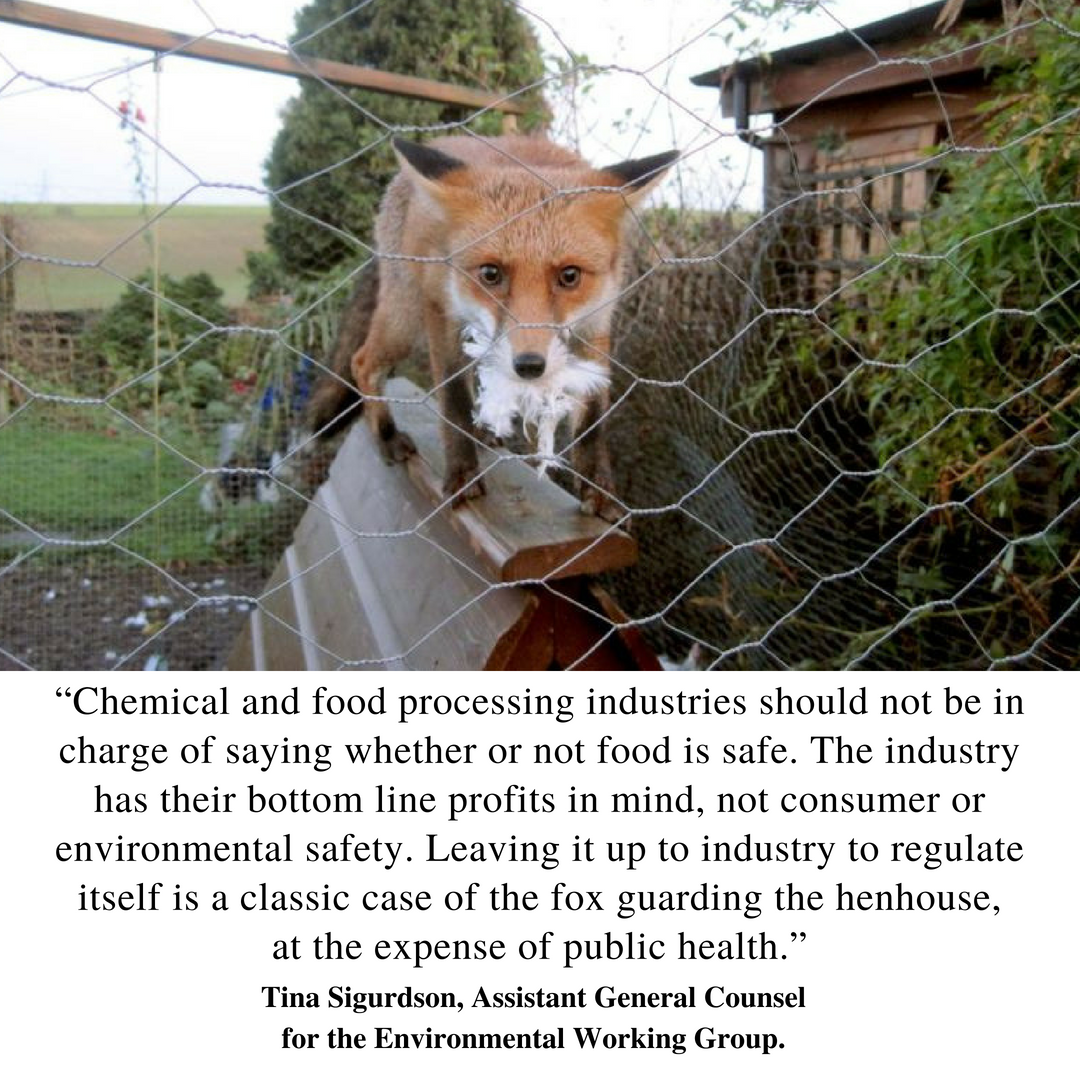
Do you still trust the FDA whose core mission to protect and promote public health for our nation’s consumers?





